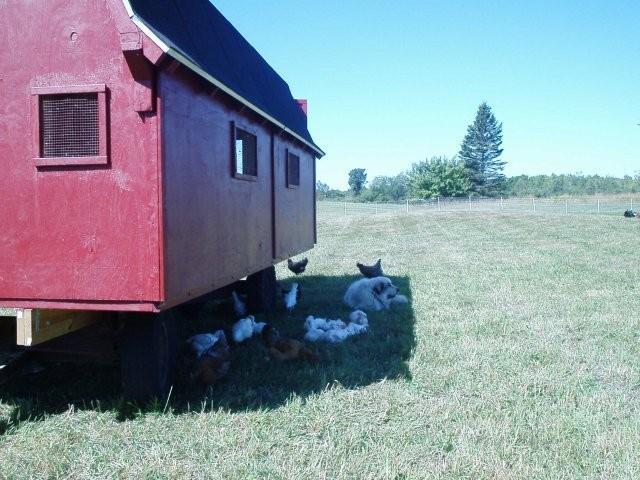An Amish friend of mine, strung old cd's across the top of her coop. Our main problem here is hawks and the flickering and movement of the cds has worked well for her
 Just a thought.
Just a thought.

Follow along with the video below to see how to install our site as a web app on your home screen.
Note: This feature may not be available in some browsers.


